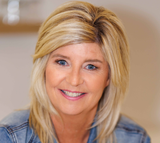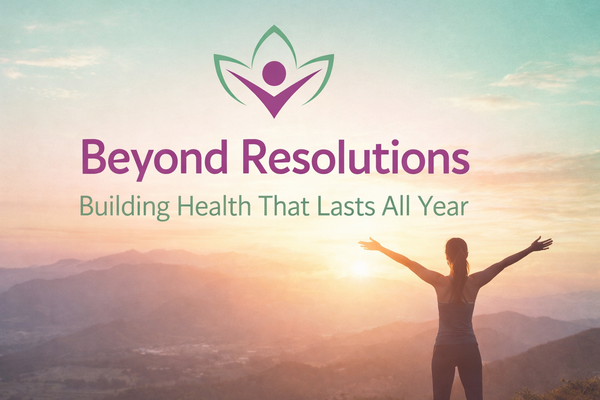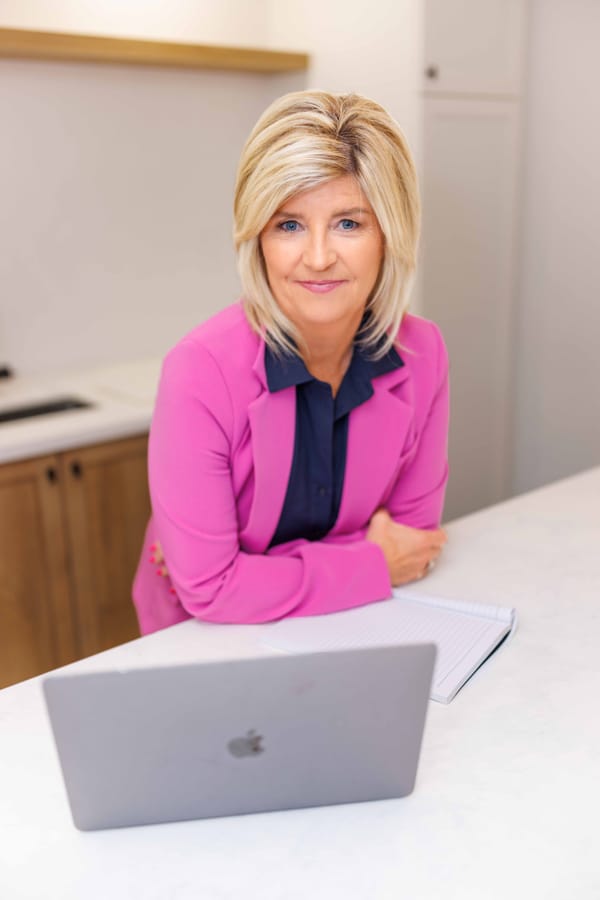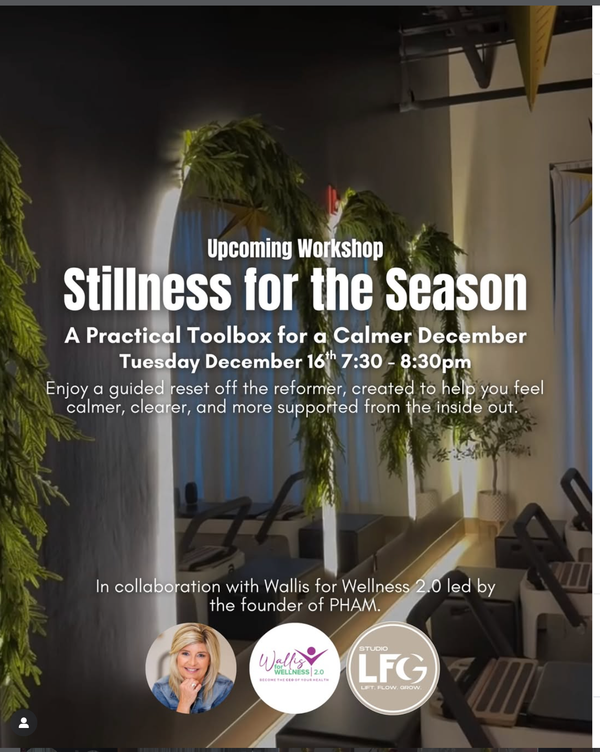Touch, Connection, and the Science That Proves What I’ve Known All Along
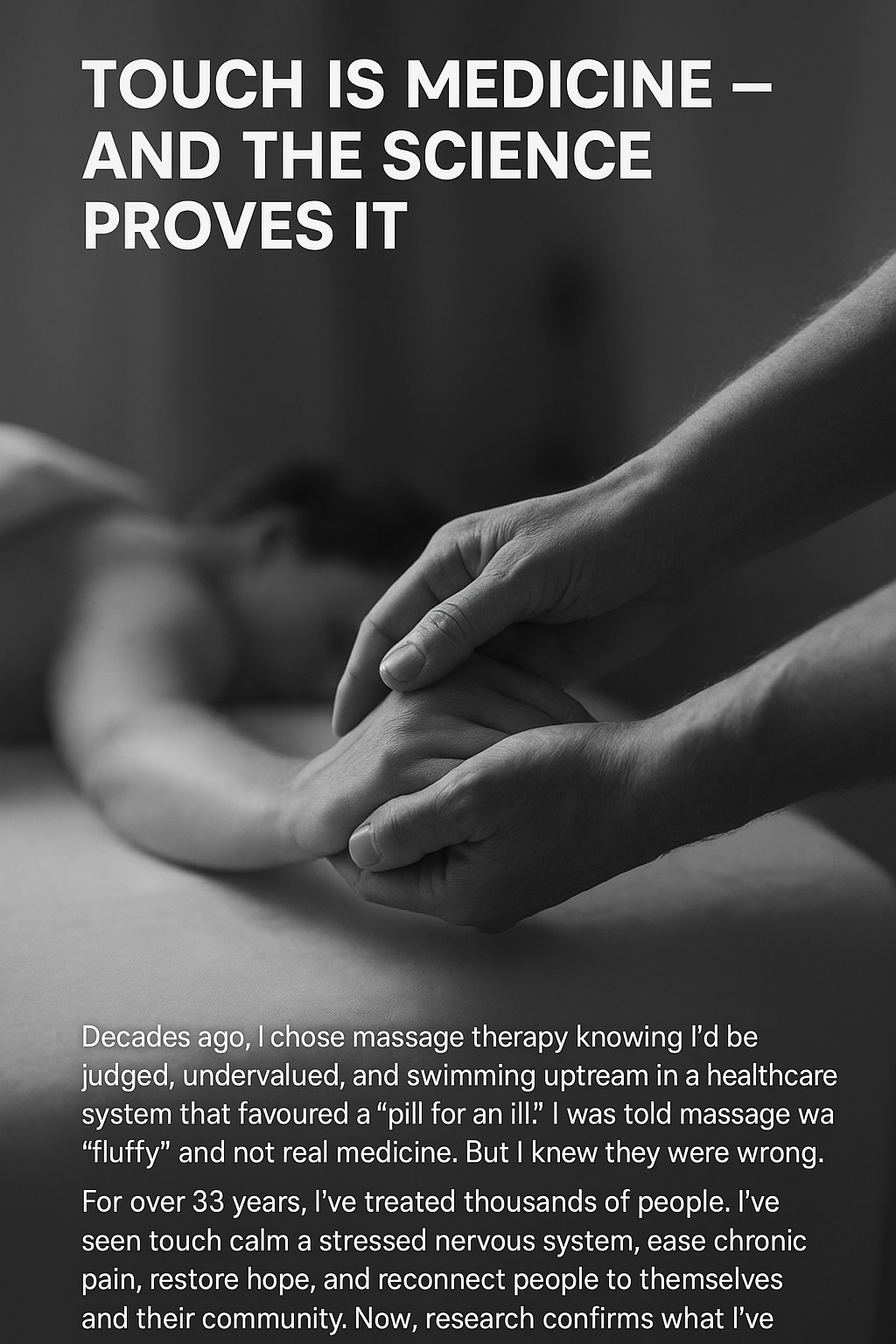
Decades ago, when I chose massage therapy as my life’s work, I knew I was swimming upstream.
Back then, massage was often dismissed as a “fluffy” indulgence, a pseudoscience, or at best, a pleasant but non-essential service. I could see the raised eyebrows, hear the subtle dismissals, and feel the unspoken judgment from both the public and some healthcare professionals.
I also knew—deep in my bones—that they were wrong.
From my very first patients, I saw how powerful touch could be. Not just in loosening muscles, but in shifting moods, calming nervous systems, and restoring a person’s sense of self. I watched people who walked in burdened by stress, grief, or chronic pain walk out with their shoulders lighter, their breath deeper, and their hope renewed.
What I was witnessing wasn’t “fluff.” It was biology in action.
The Science Has Caught Up
Recently, Dr. Mark Hyman highlighted compelling research on the ways stress and connection shape our health. Chronic stress, especially when we feel overwhelmed by even small daily challenges, can increase early mortality by up to 43% over twenty years. And yet, when people change their mindset about stress—seeing it not as a threat but as a call to rise—just 15 minutes of reframing can lower the physical and mental toll.
Equally striking is the data on connection. Loneliness has been linked to shorter lifespans and higher disease risk, while deep social ties are a common thread in “Blue Zones”—places in the world where people live the longest, healthiest lives.
Those of us who have worked in complementary healthcare have known this intuitively for decades. We’ve seen the healing power of human connection, not as a warm-and-fuzzy idea, but as a tangible driver of health, resilience, and even disease prevention.
The Power of Touch and the Mind-Body Connection
In my 33 years as a Registered Massage Therapist, I’ve had the privilege of treating thousands of people. Every one of them has taught me something about the human body, the human spirit, and the way the two are inseparable.
Massage therapy is so much more than easing tight muscles. It’s an invitation for the body to shift out of fight-or-flight and into a state of rest, repair, and regeneration. It’s a reminder to the nervous system:
You are safe. You are supported. You belong.
Touch fosters trust, and trust fosters healing. And when people feel connected—to themselves, to others, to a community—they don’t just feel better; they are better. Their immune systems strengthen, their pain levels decrease, their sleep improves, and their capacity to handle life’s stressors grows.
Swimming Upstream Was Worth It
For much of my career, I’ve had to work twice as hard to build credibility in a system that defaulted to a “pill for an ill” approach. I’ve advocated with insurance companies, earned the respect of allopathic colleagues, and educated the public on the evidence-based value of massage therapy.
Yes, it’s been an uphill climb—but one I would choose again in a heartbeat. Because today, I’m seeing the tide turn. Science is catching up. The healthcare conversation is shifting. More people are realizing that mind-body medicine isn’t “alternative”—it’s essential.
Looking Ahead
I believe the future of healthcare lies in integration. It’s a world where physicians, therapists, nutritionists, fitness professionals, and yes, massage therapists, work side by side—not in competition, but in collaboration. Where prevention is valued as much as treatment. Where touch is recognized not as luxury, but as medicine.
The mind-body connection is no longer a fringe idea—it’s at the very heart of healthspan and longevity. And for those of us who have been swimming upstream all these years? We’re finally seeing the current start to flow our way.
A Historic Step for Healthcare — and a Proud Moment for Massage Therapy
Next month, the Toronto Metropolitan University School of Medicine will open its doors in Brampton — the same city where Wallis for Wellness served the community for 30 years.
This is no ordinary medical school.
It’s the first of its kind in Canada with a curriculum designed to focus on preventative and integrative care — training future doctors to see patients through a holistic and inclusive lens.
I am deeply honoured to have earned a seat on the Curriculum Advisory Board, working alongside incredible colleagues from diverse healthcare disciplines, researchers, and professors.
As a Registered Massage Therapist, I am so proud to represent my profession in shaping this vision. For decades, we have worked tirelessly to be recognized as essential contributors to health and healing. Now, we are helping design the very model that places massage therapy — and the mind-body connection — at the centre of integrative healthcare.
This is more than a milestone.
It’s a turning point.
And I can’t wait to see what the next chapter holds.
To my fellow practitioners: keep going.
To my patients: thank you for trusting me with your care.
To everyone reading this: your health is not just in your body or your mind—it’s in the way the two dance together.
Join the PHAMILY. 💚
I will continue to boldly advocate for investment in preventative health and proudly lead the Preventative Health Awareness Movement (PHAM) — so that every Canadian, at every age and stage, has access to education, innovative tools, and therapies to improve their health esteem and become the CEO of their own health.
Together, we can change the future of healthcare.
A healthy tomorrow begins with prevention today and always remember that YOU are the most important member of your healthcare team.

